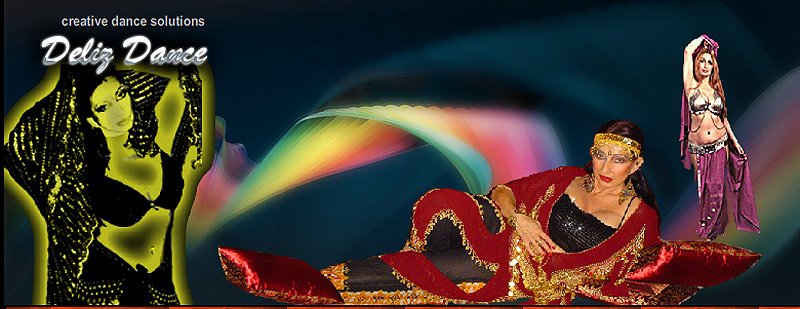 |
|
Salsa Salsa is essentially Cuban in stylistic origin, though it is also a hybrid of various Latin styles mixed with pop, jazz, rock, and R&B. The terms Latin jazz and salsa are sometimes used interchangeably. Salsa is the primary music played at Latin dance clubs and is the "essential pulse of Latin music", it is the most popular dance (music) among Puerto Rican and Cuban communities, (and in) Central and South America, and "one of the most dynamic and significant pan-American musical phenomena of the 1970s and 1980s". Salsa is a partner dance form that corresponds to salsa music, however it is sometimes done solo too. The word is the same as the Spanish word salsa meaning sauce, or in this case flavour or style. Salsa styles There are many characteristics that may identify a style. There may be different step patterns, different timing of steps, particular movement on the dance floor (eg:slot, circular), dancer preference of turns and moves, attitude and others. The following are brief descriptions of major "recognizable" styles. Cuban style The original Salsa style, as considered by most, which has been developing in Cuba since the 1950's. An essential element is the "cuba step" (also known as Guapea), Another characteristic of this style is that in many patterns the leader and follower circle around each other. Colombian style This style is common in Latin-American countries. The leader and follower do most of the movements while standing in place. It stems from the Cuban style. As such in many patterns the leader and follower turn around each other, although not as much as in the Cuban style; in fact, in several parts of Colombia, salsa is danced with very limited or no turns at all. Los Angeles style Developed in recent years (some say between 1999 and 2002), this is a style of salsa much influenced by Hollywood and by the swing & mambo dances, thus being the most flashy style, which is considered "more show than dance" by many. The two essential elements of this dance are the forward/backward basic, and the cross-body lead. New York style or Eddie Torres style The "NY Style" is a combination of the "On 1" and "On 2" systems. Puerto Rican style This style can be danced as "On One" or "On Two". Rueda style In the 1950s Salsa Rueda (Rueda de Casino) was developed in Havana, Cuba. Pairs of dancers form a circle (Rueda in Spanish), with dance moves called out by one person. Many of the moves involve rapidly swapping partners. Shines Normally Salsa is a partner dance, danced in a handhold. However advanced dancers always include shines, which are basically "show-offs" and involve fancy footwork and body actions, danced in separation. 813-385-1125 Email: delizdance77@yahoo.com Copywrite 2007, All rights reserved. |